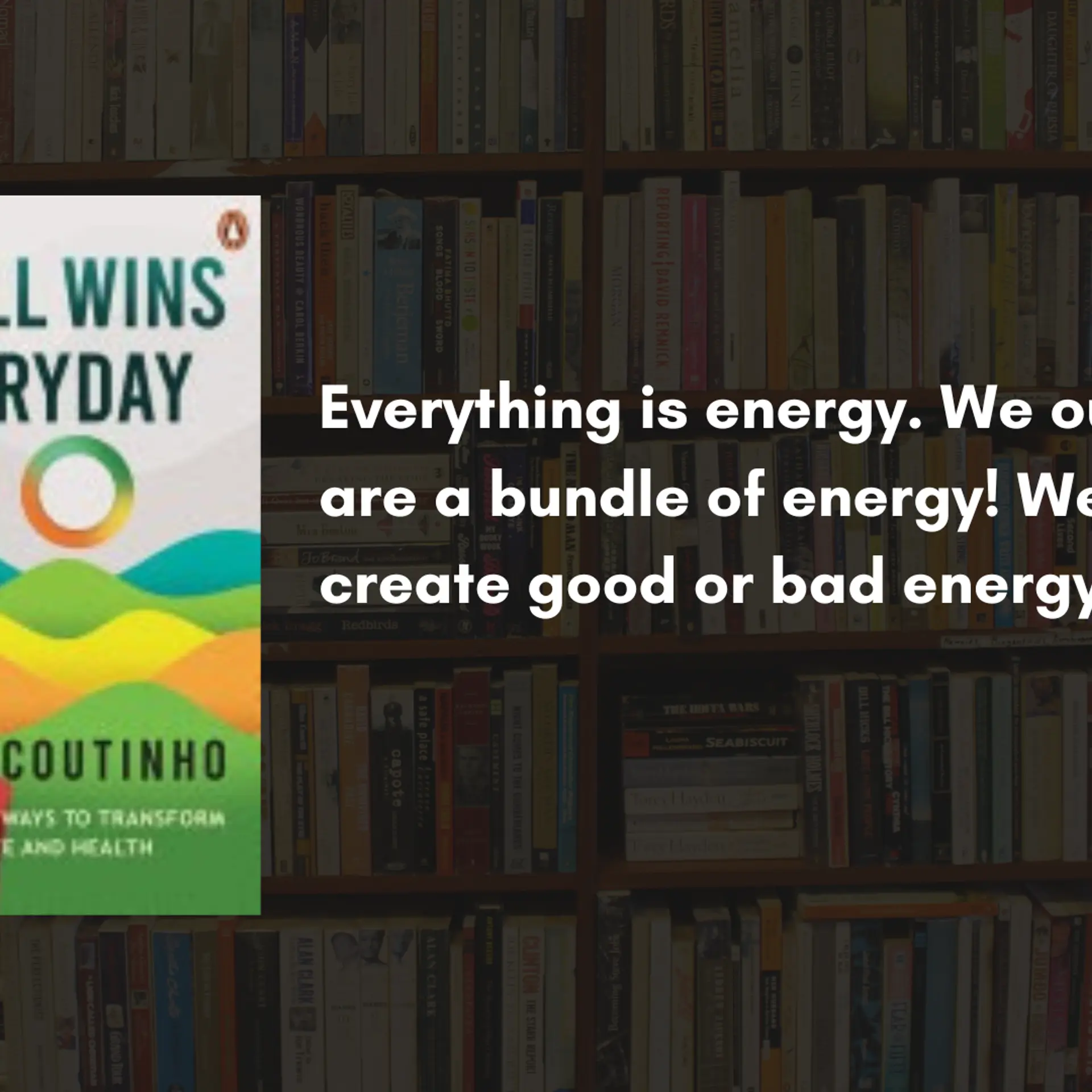Ather Energy: Factors hindering its EV market dominance
Despite being a pioneer, Ather struggled to capture the first-mover advantage. This article delves into Ather Energy's journey, examining the challenges and successes that shaped its path.
Tarun Mehta and Swapnil Jain began their journey focusing on energy-related projects. Their first venture, Famp, aimed to convert thermal energy from oil lamps into electrical power but failed to gain traction. Undeterred, their interest in the energy sector persisted, leading Tarun to explore battery swapping during his final semester. This interest in battery technology laid the groundwork for Ather Energy.
The pivot to smart electric scooters
Initially, Ather aimed to manufacture lithium-ion batteries for refurbishing ageing EVs. However, in 2013, they pivoted to developing India’s first smart electric scooter. At the time, the Indian market was flooded with poor-quality electric scooters imported from China, which often failed to meet performance expectations. Ather set out to change this by creating a superior scooter that could compete with petrol-powered vehicles in performance and design.
Building from scratch
Tarun and Swapnil’s journey began in the robotics lab at IIT Madras, where they dissected a YO EXL electric scooter to understand its components. Their prototype, built with a Rs 5 lakh grant from IIT Madras, marked the start of a long and challenging journey. Lacking sufficient funds, they turned to crowdfunding, taking pre-orders for 25 scooters at Rs. 85,000 each to raise capital. This strategy caught the attention of IIT alumnus Srini V Srinivasan, who invested Rs. 25 lakhs in their vision and helped them set up their first office.
The road to Ather S340

The development phase spanned five intense years, culminating in the unveiling of the Ather S340 in 2016. However, turning a functional prototype into a production-ready vehicle proved to be a daunting task. Ather had to design and manufacture every component, often struggling to find vendors in India who could meet their quality standards. Despite these challenges, Hero Motocorp’s investment of Rs 205 crore provided a significant boost, enabling Ather to set up a production facility in Bengaluru and launch the Ather 340 and Ather 450 in 2018.
Financial hurdles and production challenges
Despite the innovative design and performance of the Ather 450, financial challenges loomed large. The production cost of Ather 450 was nearly Rs 5 lakh, while it sold for only Rs 1.25 lakh, resulting in a 350% negative gross margin. To address this, Ather reduced its production to 200 scooters per month and leveraged Hero’s expertise to streamline processes and cut costs. By 2021, Ather had achieved positive gross margins, but the competitive landscape had shifted dramatically.
Rising competition and marketing missteps
While Ather focused on financial viability, competitors like Okinawa, TVS, Bajaj, and Ola Electric made significant inroads into the market. Okinawa captured a significant market share by importing scooters from China, and Ola’s aggressive marketing strategies overshadowed Ather’s efforts. By 2024, Ola has already dominated the market with a 50% share, leaving Ather far behind.
One of Ather’s critical missteps was its lack of a robust marketing strategy. Tarun Mehta’s emphasis on product development and customer service over marketing meant that Ather’s superior quality did not translate into sales. Competitors like Ola, despite facing quality issues, leveraged heavy marketing to achieve impressive sales figures.
Building a reputation for quality and innovation

Despite its setbacks, Ather has built a strong reputation for quality and innovation. Customer feedback highlights high satisfaction with Ather’s scooters, and word of mouth has been a significant growth driver. Ather has also focused on software, recognising its potential as a future revenue stream. They offer over-the-air software updates and plan to monetise technology upgrades and accessories like smart helmets.
Adapting to market needs
In response to criticisms about its scooters’ family-friendliness, Ather launched the Ather Rizta, designed for the mass market. This move indicates Ather’s willingness to adapt and expand its customer base while maintaining its commitment to quality and innovation.
Ather Energy’s journey is a testament to the challenges and rewards of pioneering in the EV market. While it has faced significant hurdles, including financial challenges and stiff competition, Ather’s commitment to quality and innovation has set it apart. As the EV market continues to evolve, Ather’s ability to adapt and innovate will be crucial in securing its place in the future of Indian transportation.
This narrative underscores the complexities of achieving the first-mover advantage in a rapidly evolving market. Ather Energy’s story is one of perseverance and innovation, offering valuable insights for anyone interested in the dynamics of the EV industry.







